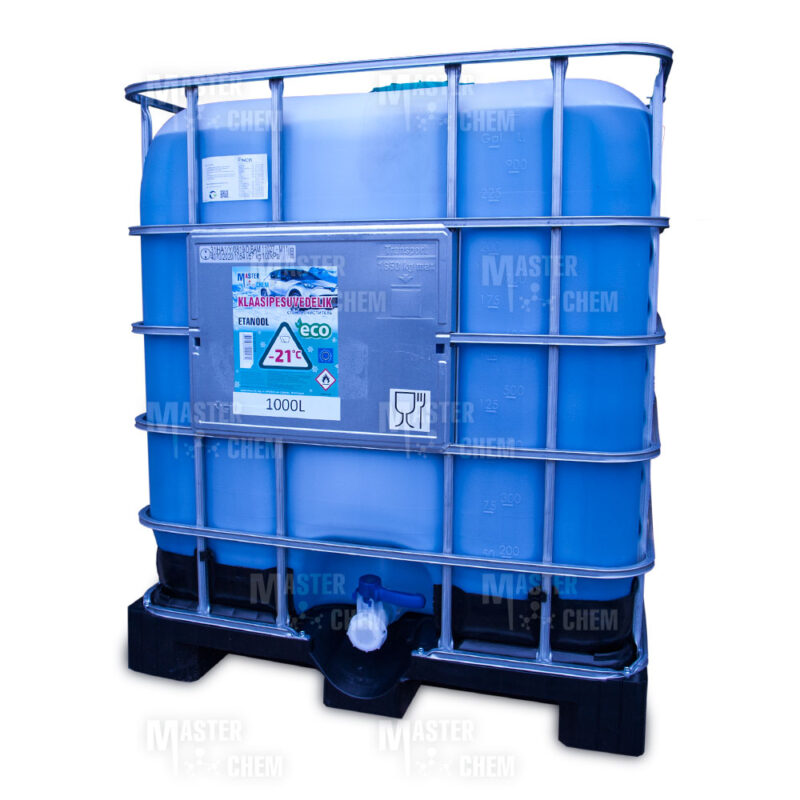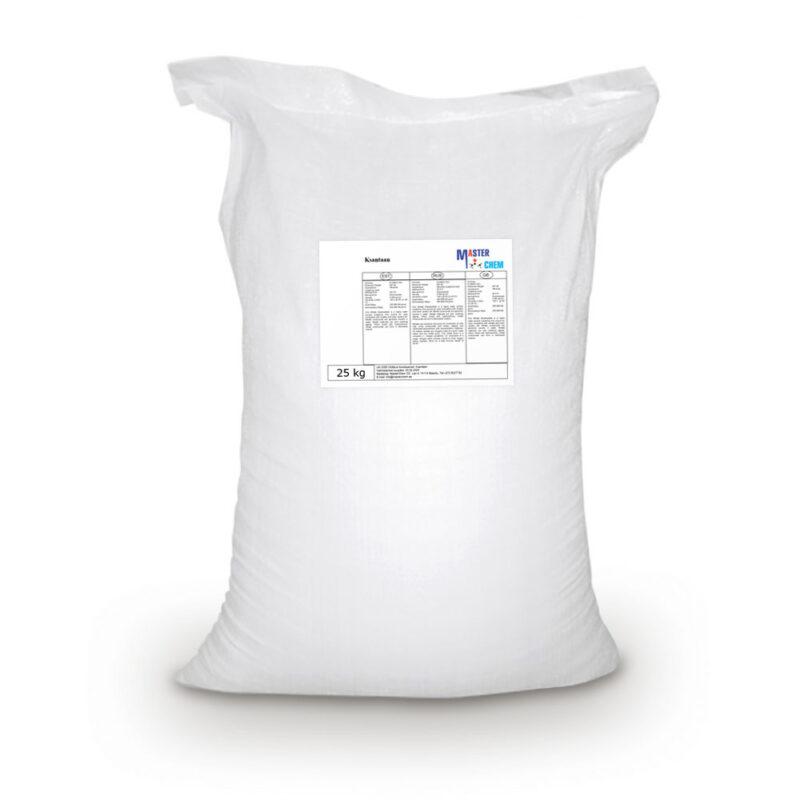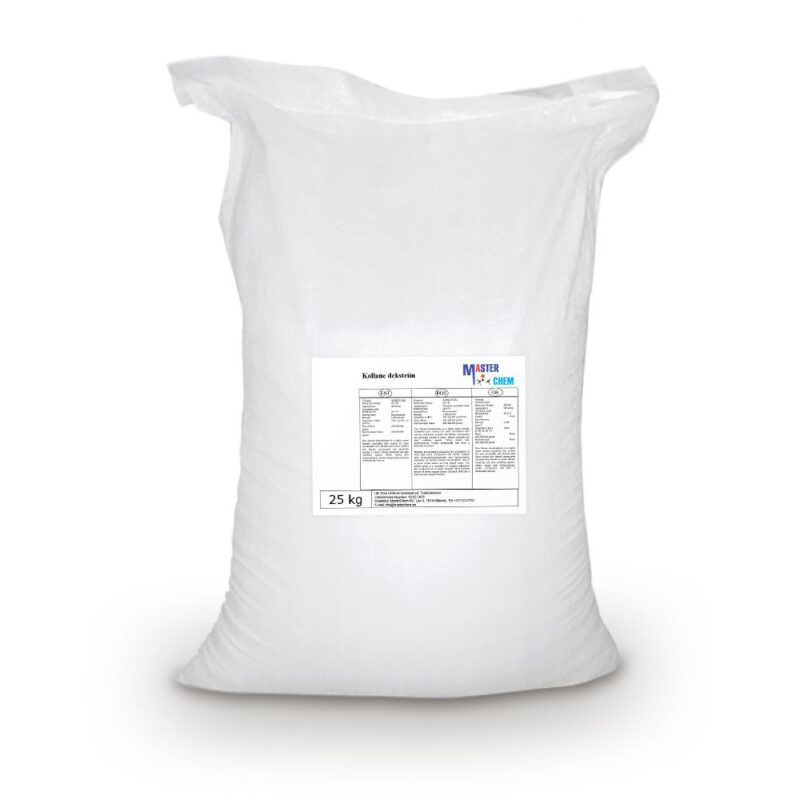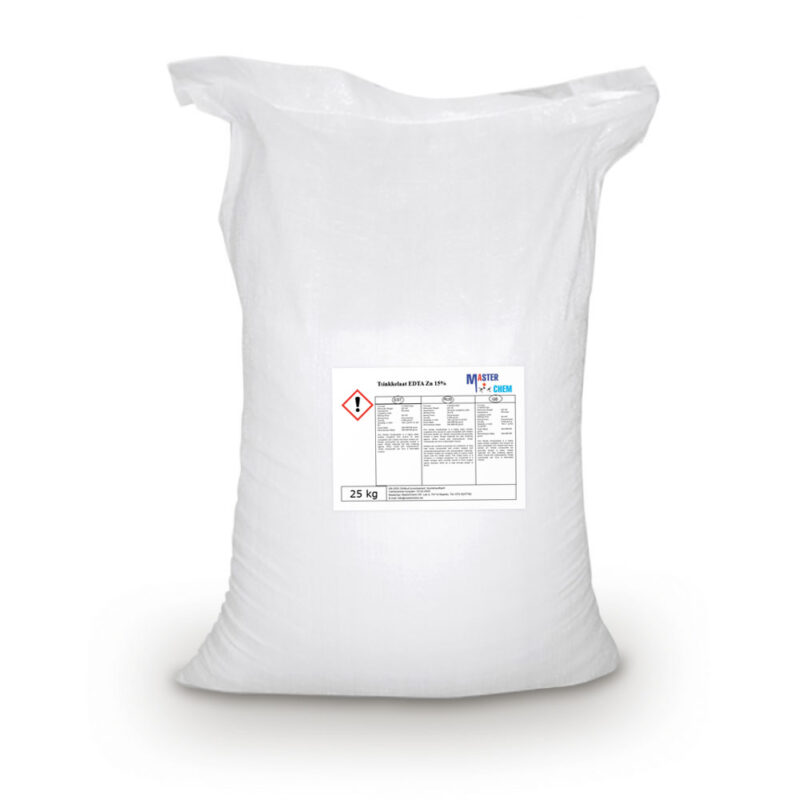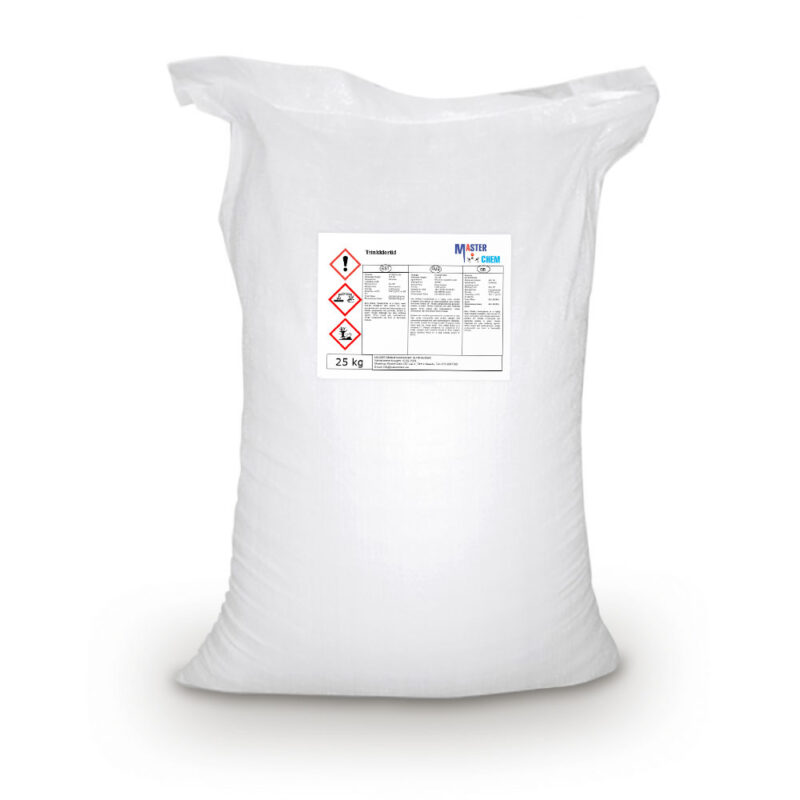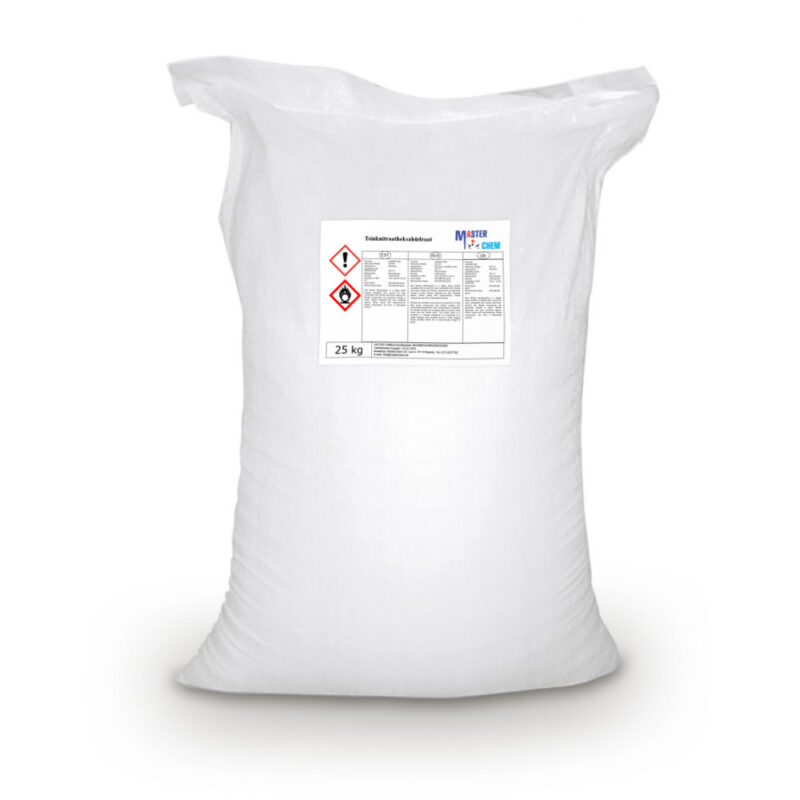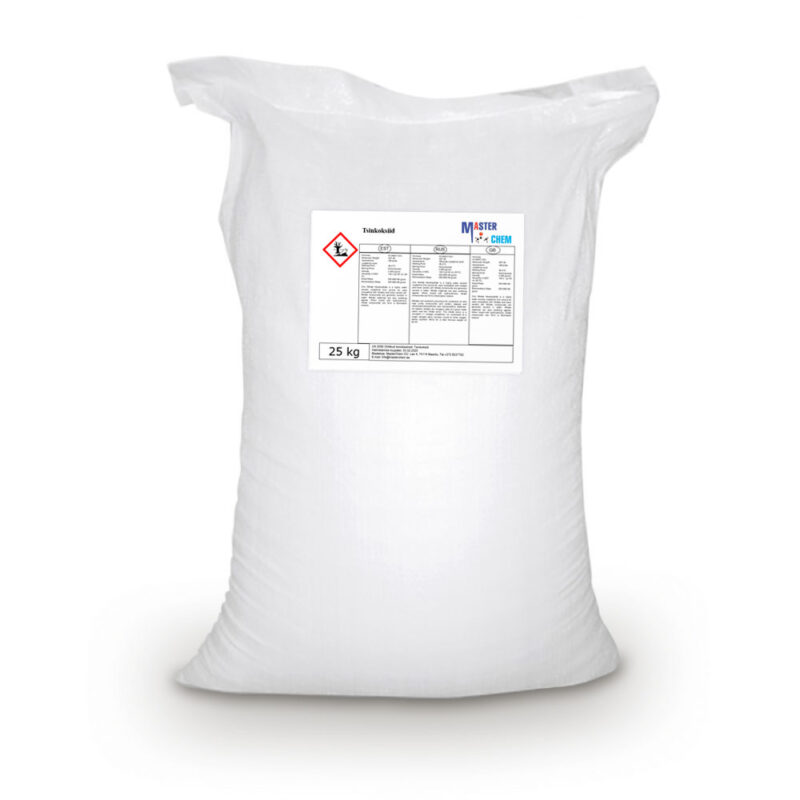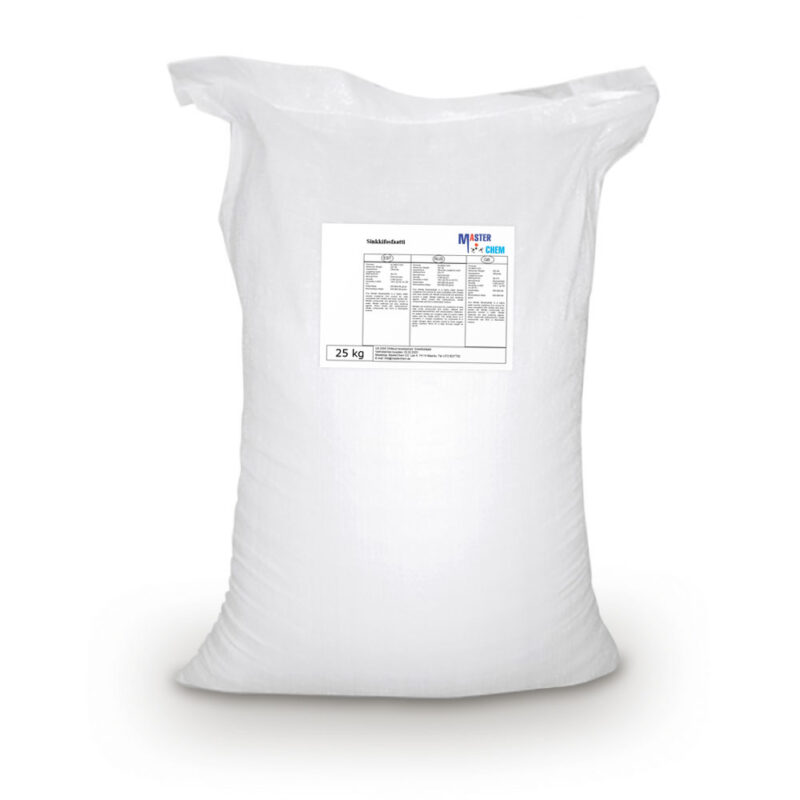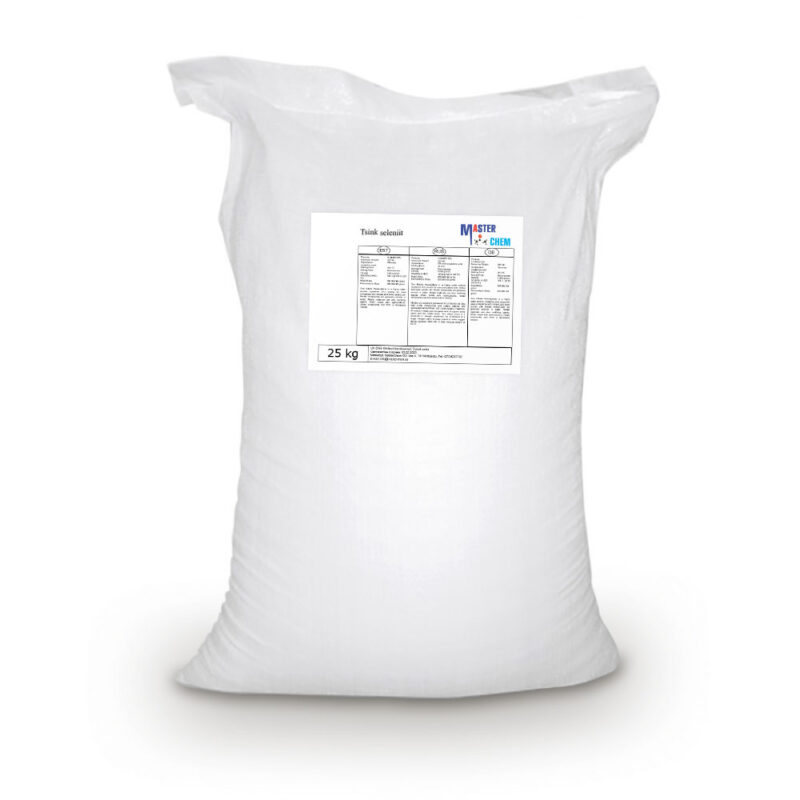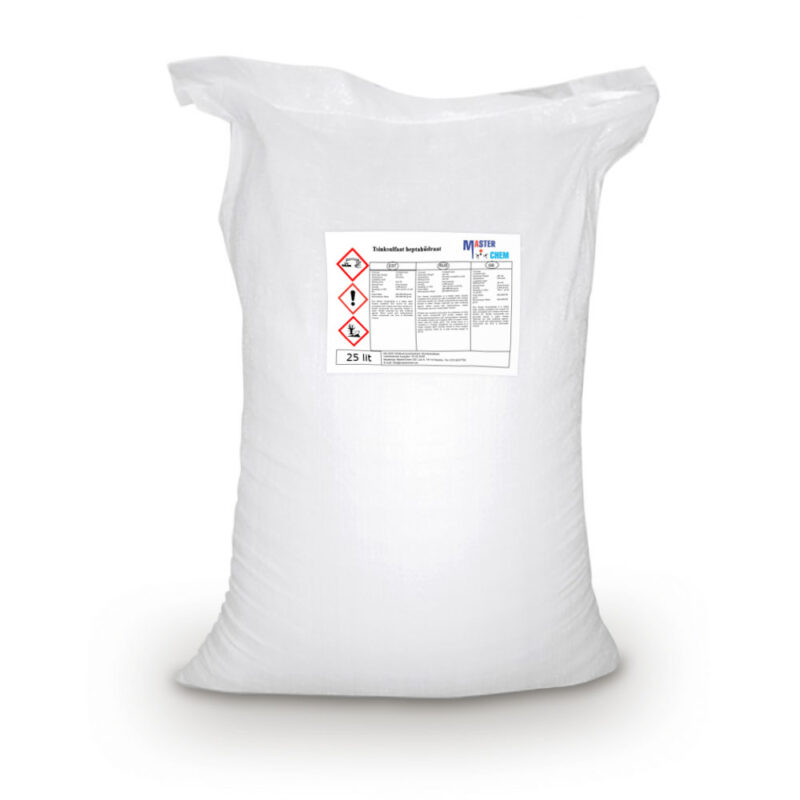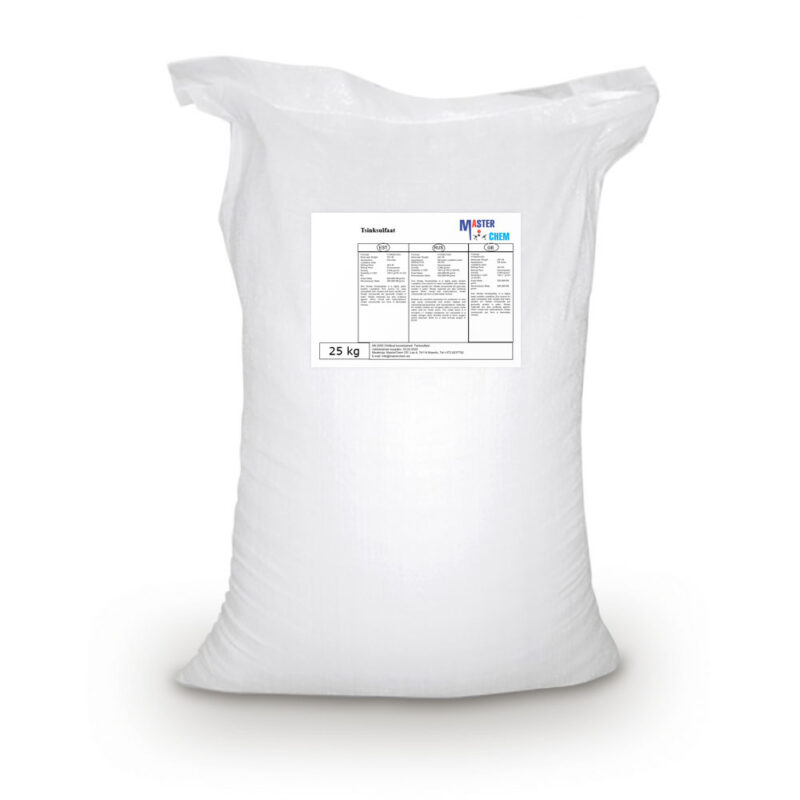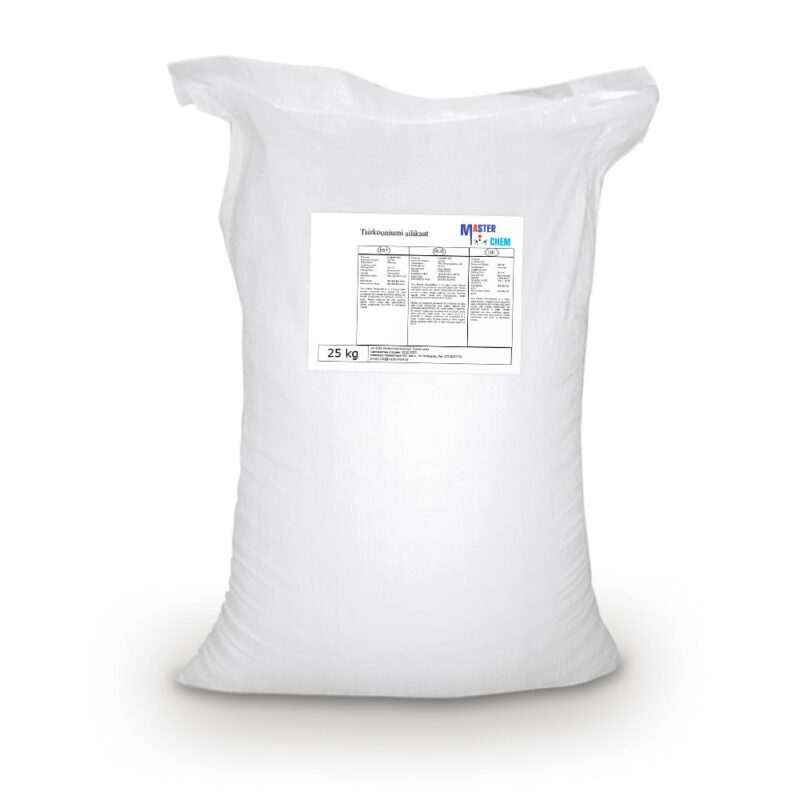Windshield Washer Fluid winter -21°C ECO ethanol base MasterChem
Ready to use windshield washer fluid for winter use. Freezing Point -21 °C. Contains special additives (nano) to remove insect debris and dirt from the windscreen. Does not damage rubber or plastic parts. Made by MasterChem.
Xanthan gum (CAS 11138-66-2)
Xanthan gum (CAS 11138-66-2)
Xanthan gum (/ˈzænθən/) is a polysaccharide with many industrial uses, including as a common food additive. It is an effective thickening agent and stabilizer to prevent ingredients from separating. It can be produced from simple sugars using a fermentation process, and derives its name from the species of bacteria used, Xanthomonas campestris.
Yellow Dextrin (CAS 9004-53-9)
Yellow Dextrin (CAS 9004-53-9)
Dextrin is a partially hydrolyzed starch formed from the treatment of starch by dry heat, acid, or enzymes. it can be formed from amyloseand amylopectin-type starches. they are white or yellow (canary) in color. as compared to unmodified starch, s have increased water solubility, viscosity stability, and reduced paste viscosity. uses include dough improvement and binding.
It can be used as emulsifying stabilizers and thickeners, adhesives and surface decorators. It can be applied to the pharmaceutical industry, protective adhesives and suspending agents, adhesives. For example, it can be applied to the sizing treatment of paper, textile sizing and ink preparation; it can also be used as a drug excipient and a substitute of the Arabic gum.
Zinc chelate EDTA Zn 15% (CAS 14025-21-9)
Zinc chelate EDTA Zn 15% (CAS 14025-21-9)
Appearance: White fine crystalline powder.
In agriculture and horticulture as the foliar feed, in soil or hydroponics applications.
Zinc chloride (CAS 7646-85-7)
Zinc chloride (CAS 7646-85-7)
Zinc chloride is the name of chemical compounds with the formula ZnCl2 and its hydrates. Zinc chlorides, of which nine crystalline forms are known, are colorless or white, and are highly soluble in water. This white salt is hygroscopic and even deliquescent. Samples should therefore be protected from sources of moisture, including the water vapor present in ambient air. Zinc chloride finds wide application in textile processing, metallurgical fluxes, and chemical synthesis. No mineral with this chemical composition is known aside from the very rare mineral simonkolleite, Zn5(OH)8Cl2·H2O.
Zinc lactate (CAS 103404-76-8)
Information Industries: Pharmaceutical industry, Food industry , Feed industry CAS number: 103404-76-8 WE number: 240-178-9 Chemical formula: C6H10ZnO6 Molar mass: …
Zinc nitrate hexahydrate (CAS 10196-18-6)
Zinc nitrate hexahydrate (CAS 10196-18-6)
Zinc Nitrate Hexahydrate is a highly water soluble crystalline Zinc source for uses compatible with nitrates and lower (acidic) pH. Nitrate compounds are generally soluble in water. Nitrate materials are also oxidizing agents. When mixed with hydrocarbons, nitrate compounds can form a flammable mixture. Nitrates are excellent precursors for production of ultra high purity compounds and certain catalyst and nanoscale(nanoparticles and nanopowders) materials. All metallic nitrates are inorganic salts of a given metal cation and the nitrate anion. The nitrate anion is a univalent (-1 charge) polyatomic ion composed of a single nitrogen atom ionically bound to three oxygen atoms (Symbol: NO3) for a total formula weight of 62.05.
Zinc oxide (CAS 1314-13-2)
Zinc oxide (CAS 1314-13-2)
Zinc oxide is an inorganic compound with the formula ZnO. ZnO is a white powder that is insoluble in water. It is used as an additive in numerous materials and products including cosmetics, food supplements, rubbers, plastics, ceramics, glass, cement, lubricants, paints, ointments, adhesives, sealants, pigments, foods, batteries, ferrites, fire retardants, and first-aid tapes. Although it occurs naturally as the mineral zincite, most zinc oxide is produced synthetically.
ZnO is a wide-band gap semiconductor of the II-VI semiconductor group. The native doping of the semiconductor due to oxygen vacancies or zinc interstitials is n-type. Other favorable properties include good transparency, high electron mobility, wide band gap, and strong room-temperature luminescence. Those properties make ZnO valuable for a variety of emerging applications: transparent electrodes in liquid crystal displays, energy-saving or heat-protecting windows, and electronics as thin-film transistors and light-emitting diodes.
Zinc Phosphate (CAS 7779-90-0)
Zinc Phosphate (CAS 7779-90-0)
Zinc phosphate is an inorganic compound with the formula Zn3(PO4)2)(H2O)4. This white powder is widely used as a corrosion resistant coating on metal surfaces either as part of an electroplating process or applied as a primer pigment (see also red lead). It has largely displaced toxic materials based on lead or chromium, and by 2006 it had become the most commonly used corrosion inhibitor. Zinc phosphate coats better on a crystalline structure than bare metal, so a seeding agent is often used as a pre-treatment. One common agent is sodium pyrophosphate.
Zinc selenite (CAS 13597-46-1)
Zinc selenite (CAS 13597-46-1)
Zinc selenide (ZnSe) is a light-yellow, solid compound comprising zinc (Zn) and selenium (Se). It is an intrinsic semiconductor with a band gap of about 2.70 eV at 25 °C (77 °F). ZnSe rarely occurs in nature, and is found in the mineral that was named after Hans Stille called “stilleite.”
Zinc Sulphate Heptahydrate (CAS 7446-20-0)
Zinc Sulphate Heptahydrate (CAS 7446-20-0)
Zinc sulfate is an inorganic compound. It is used as a dietary supplement to treat zinc deficiency and to prevent the condition in those at high risk. Side effects of excess supplementation may include abdominal pain, vomiting, headache, and tiredness.
The most common form includes water of crystallization as the heptahydrate, with the formula ZnSO4•7H2O. It was historically known as “white vitriol”. Zinc sulfate and its hydrates are colourless solids.
Zinc Sulphate Monohydreate (CAS 7446-19-7)
Zinc Sulphate Monohydreate (CAS 7446-19-7)
Zinc sulfate is an inorganic compound. It is used as a dietary supplement to treat zinc deficiency and to prevent the condition in those at high risk. Side effects of excess supplementation may include abdominal pain, vomiting, headache, and tiredness.
The most common form includes water of crystallization as the heptahydrate, with the formula ZnSO4•7H2O. It was historically known as “white vitriol”. Zinc sulfate and its hydrates are colourless solids.
Zirconium Silicate (CAS 10101-52-7)
Zirconium Silicate (CAS 10101-52-7)
Zirconium silicate, also zirconium orthosilicate, ZrSiO4, is a chemical compound, a silicate of zirconium. It occurs in nature as zircon, a silicate mineral. Powdered zirconium silicate is also known as zircon flour.
Zirconium silicate is usually colorless, but impurities induce various colorations. It is insoluble in water, acids, alkali and aqua regia. Hardness is 7.5 on the Mohs scale.

